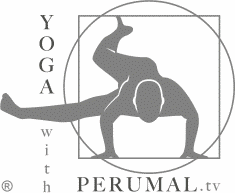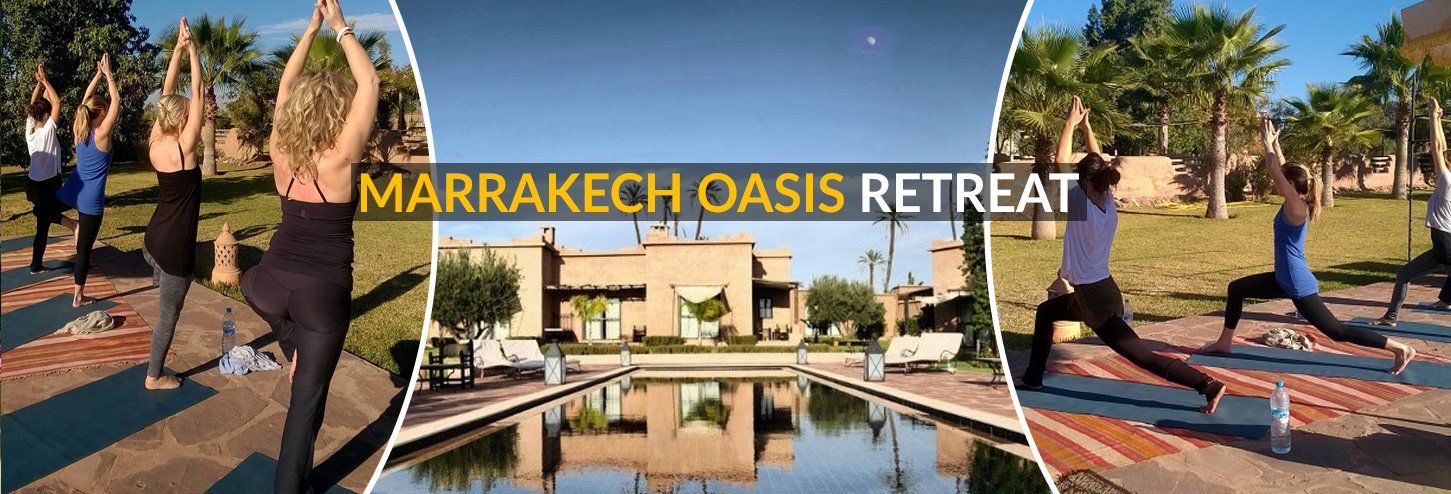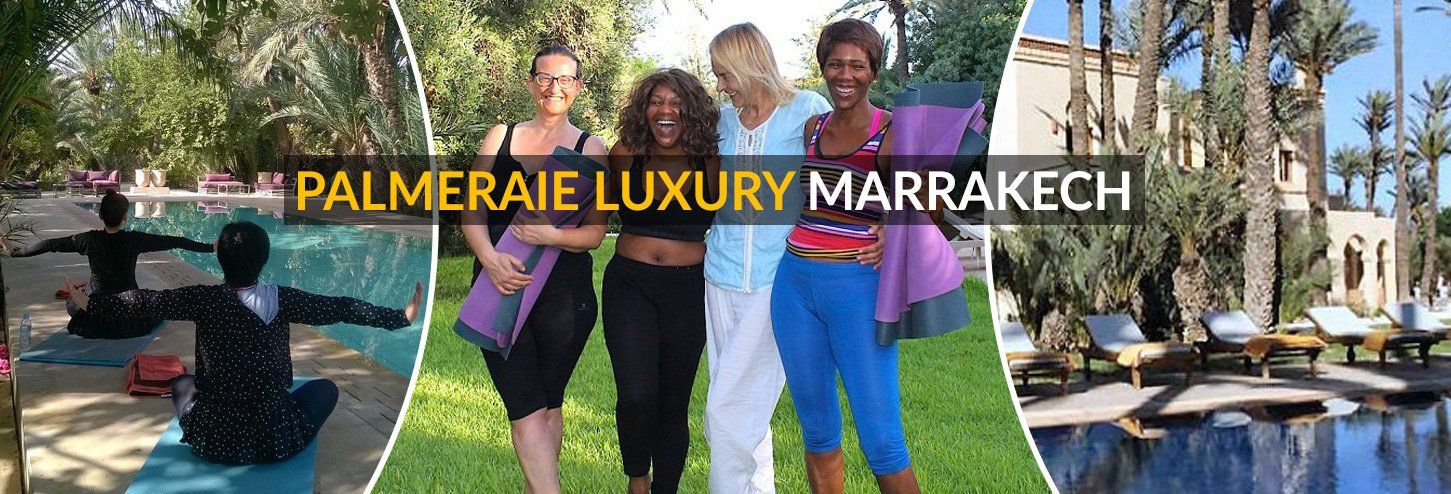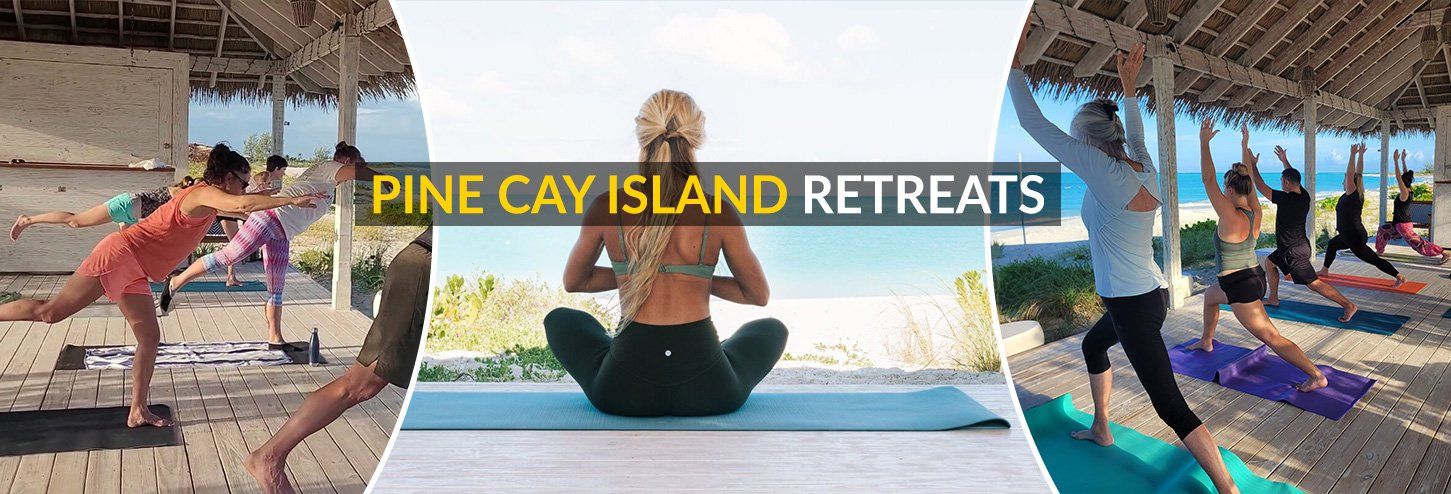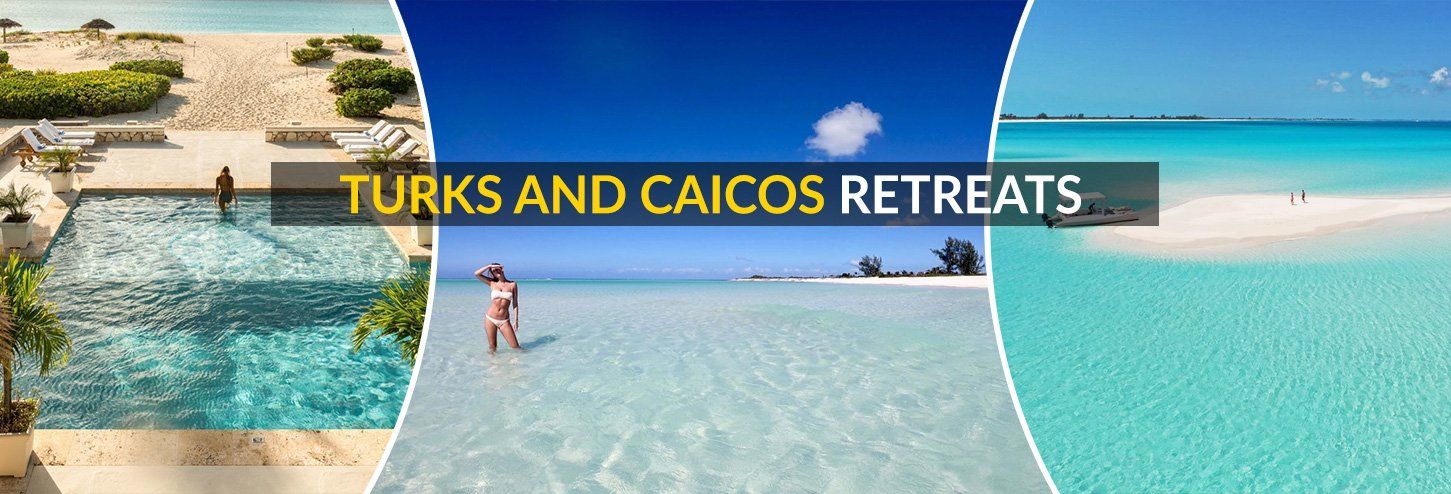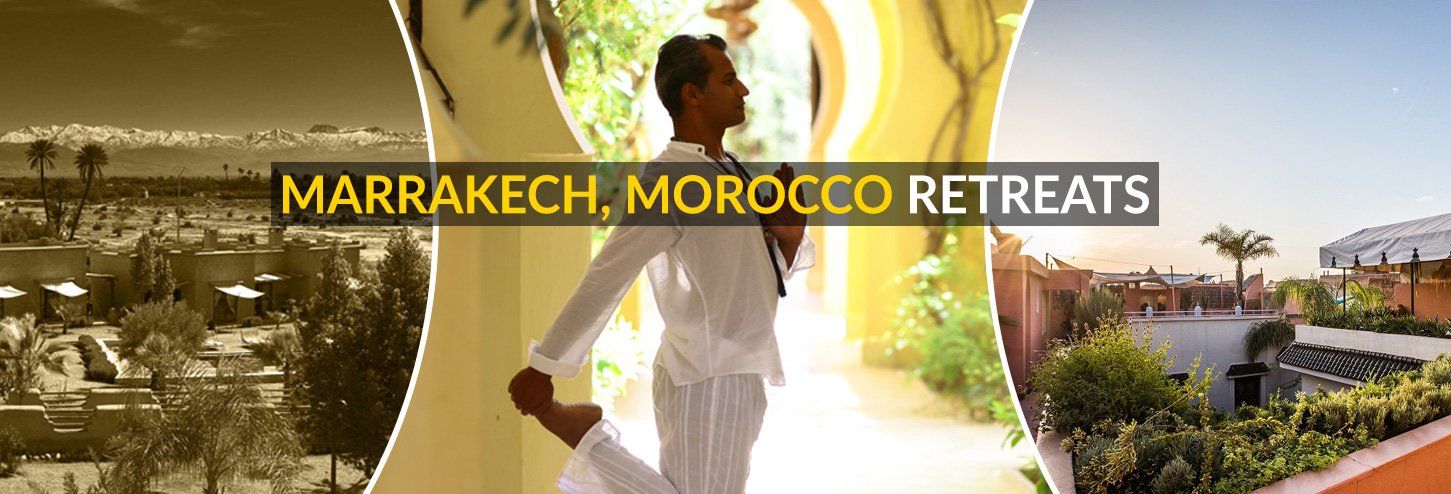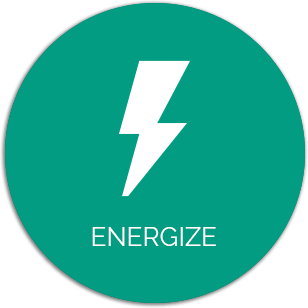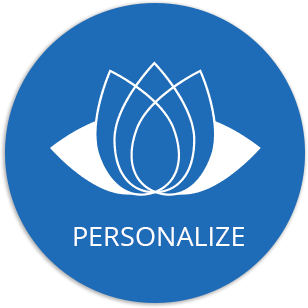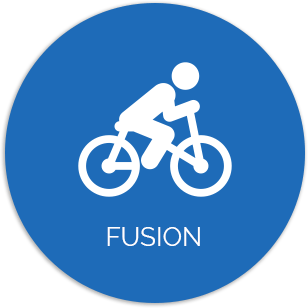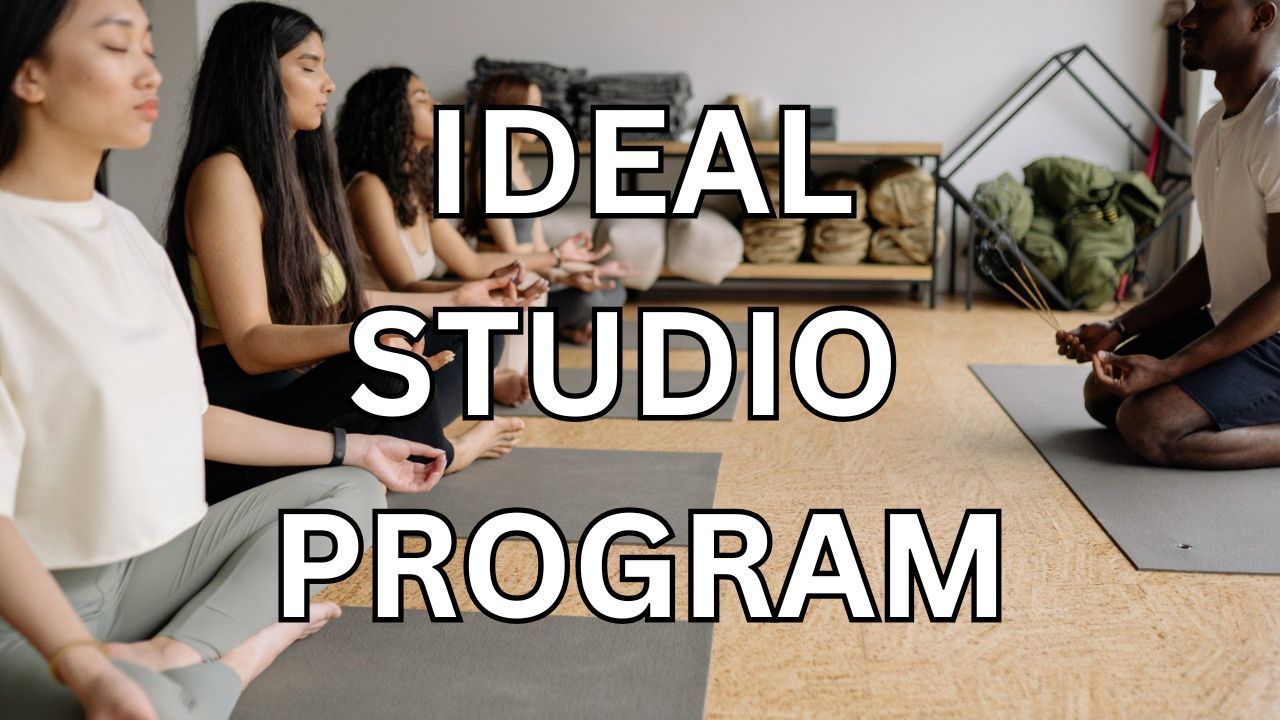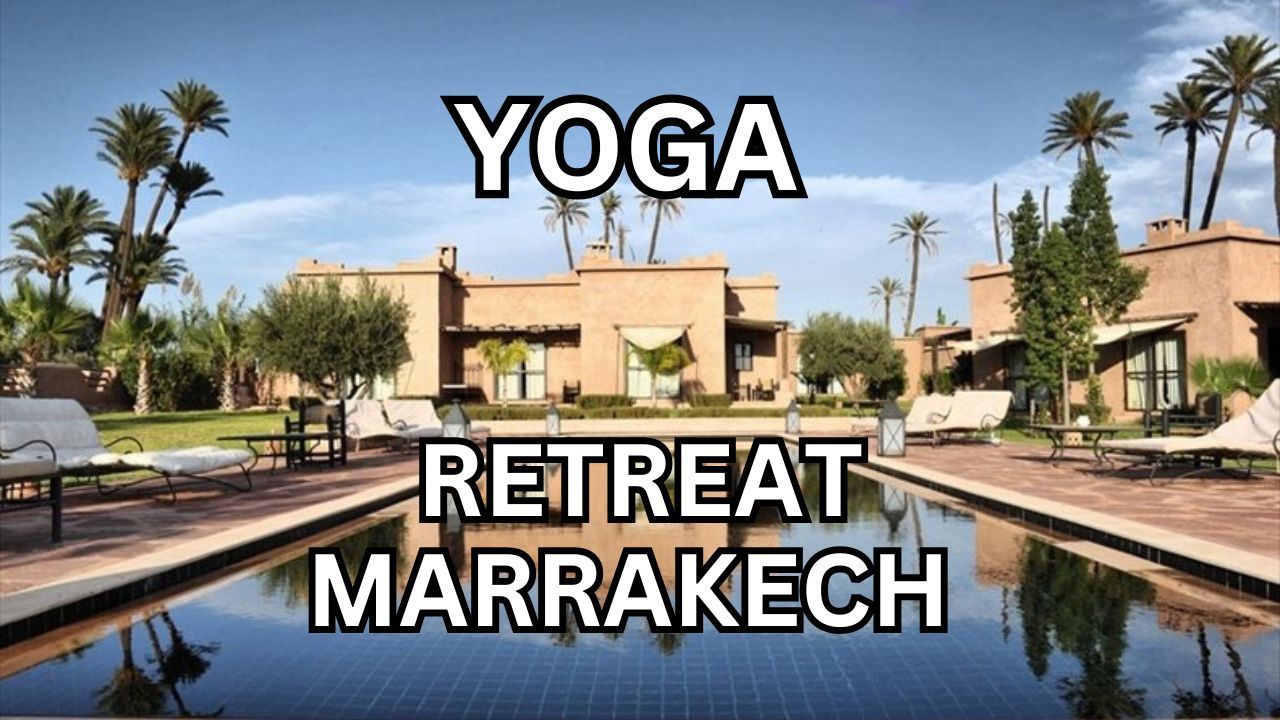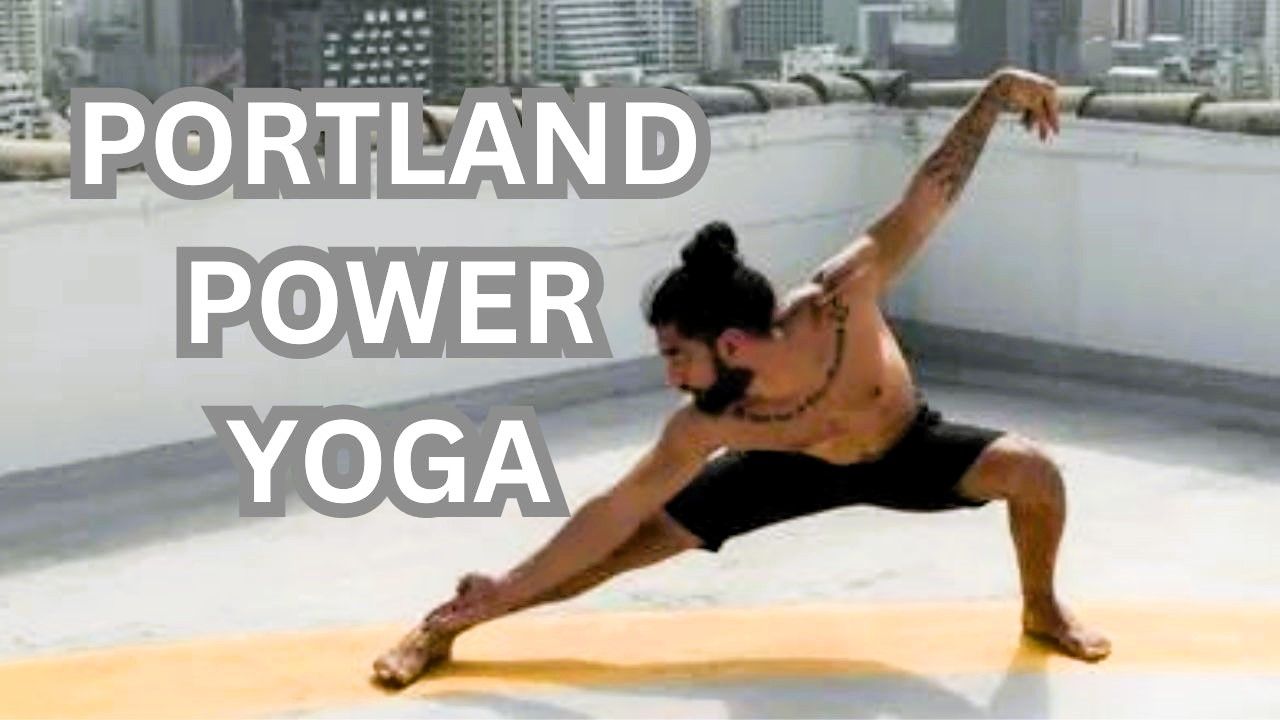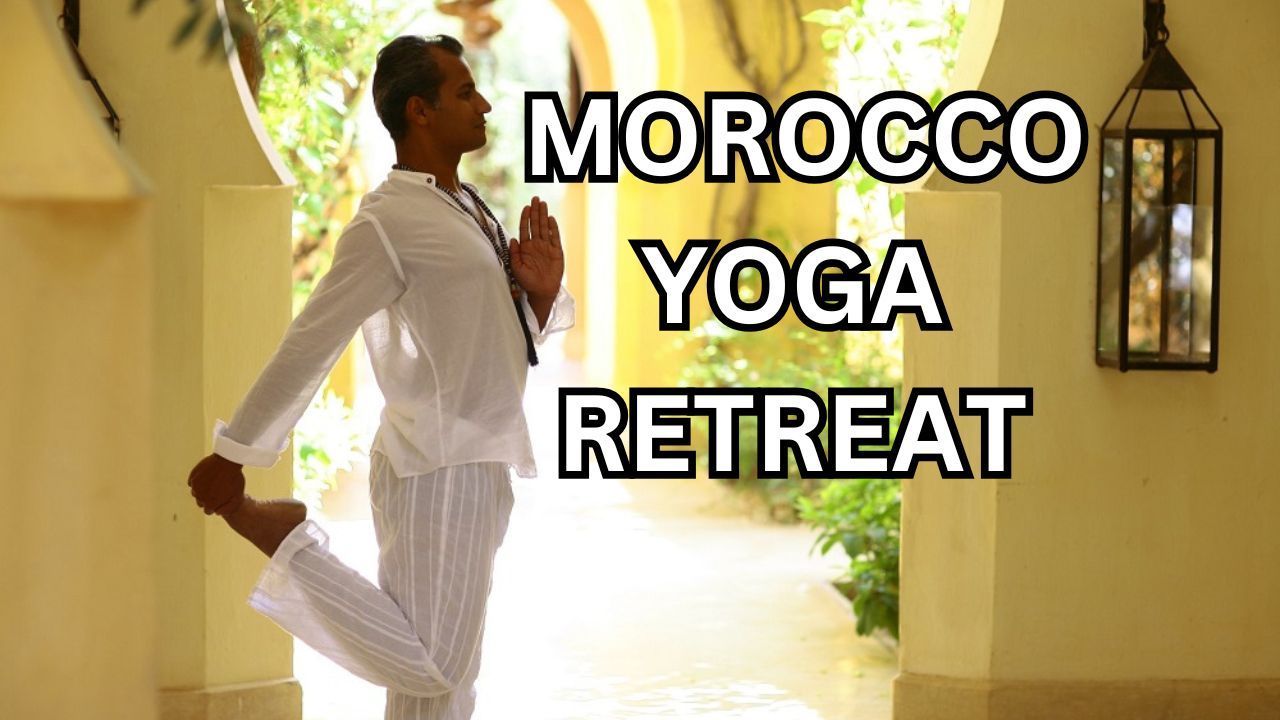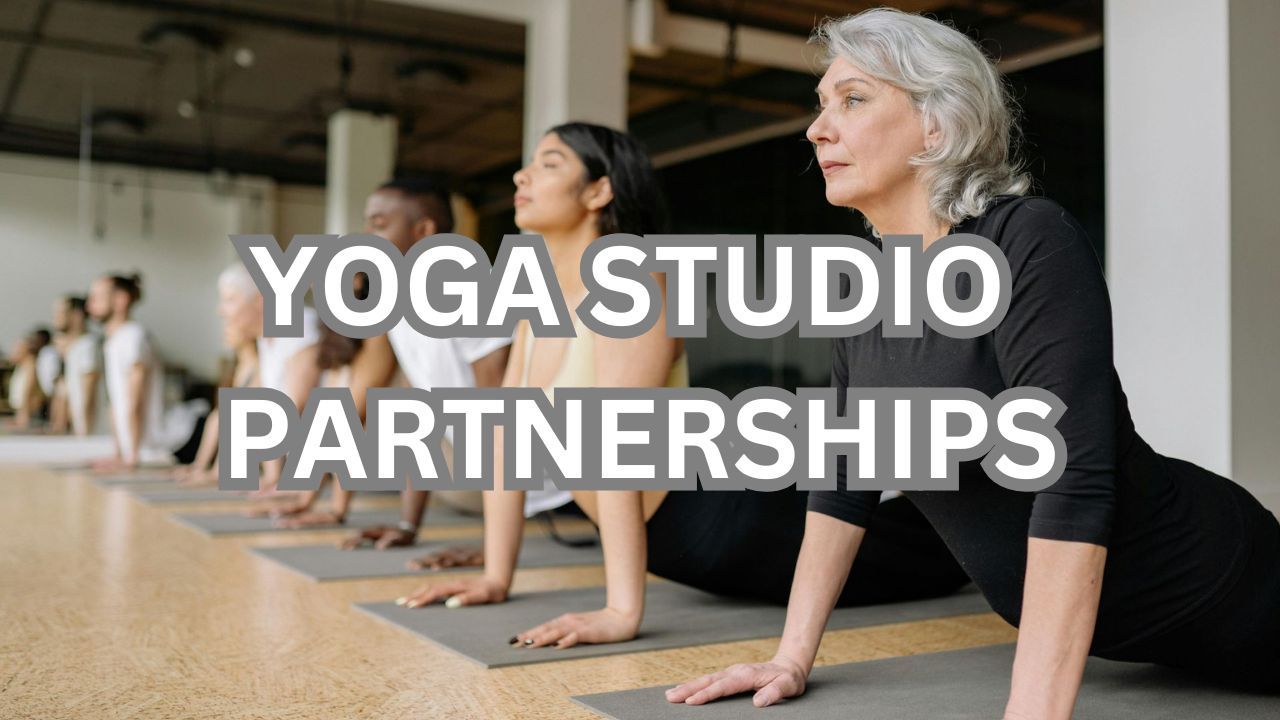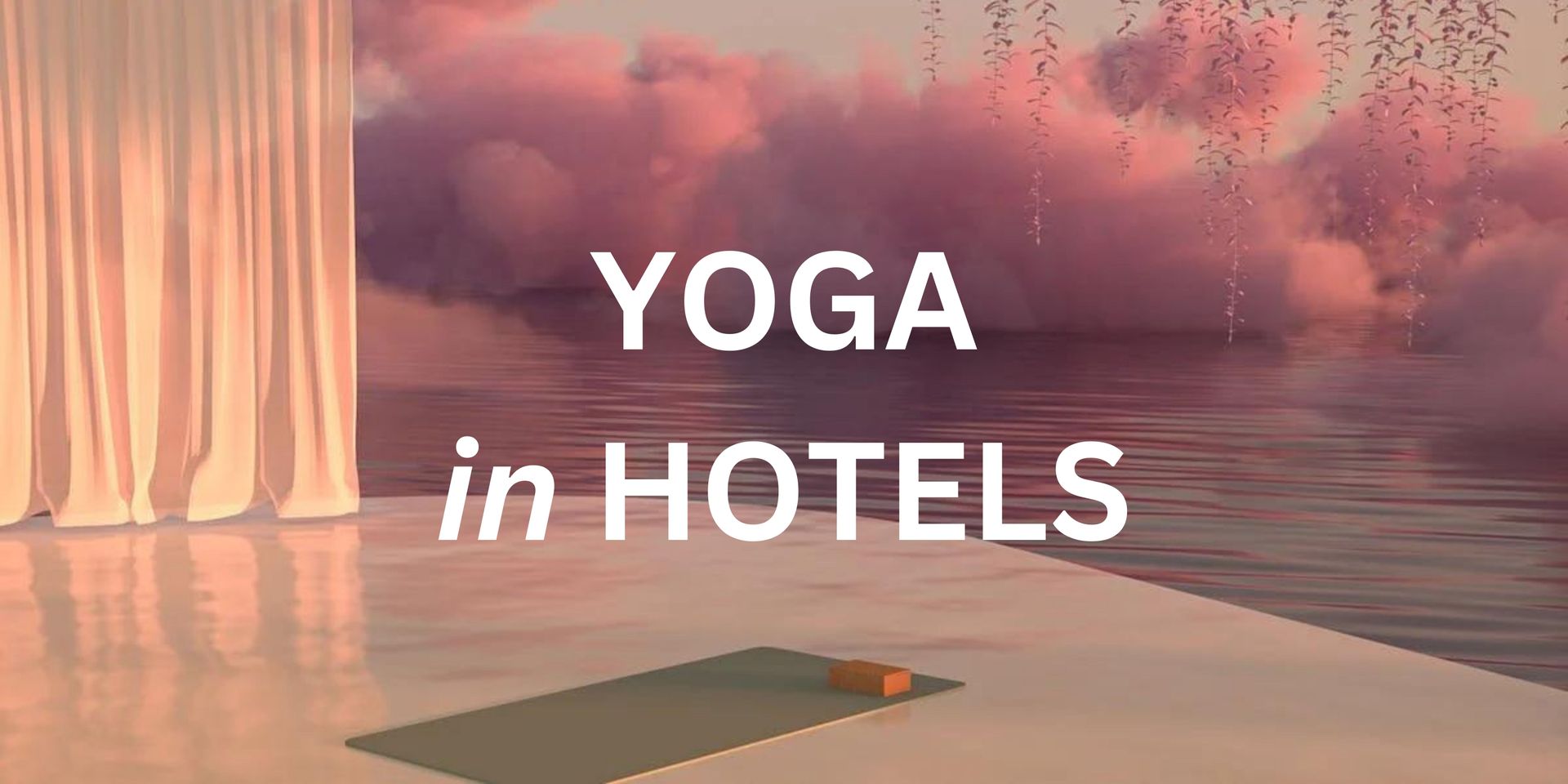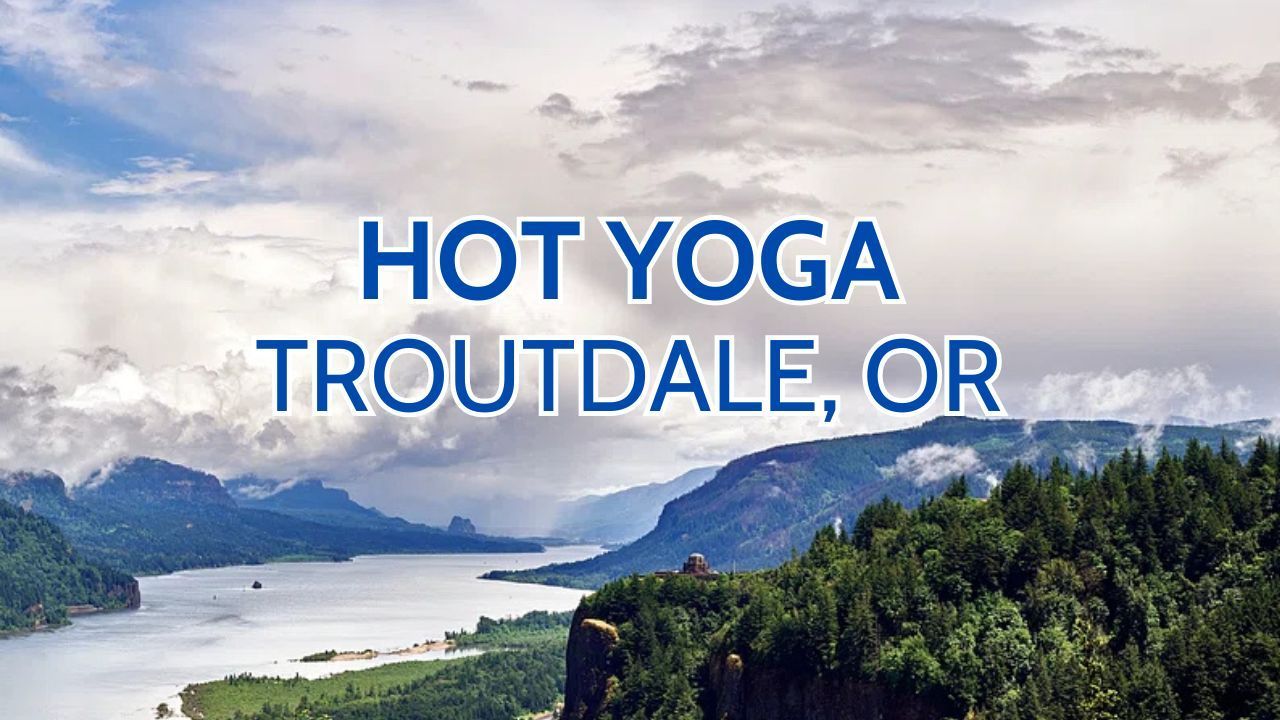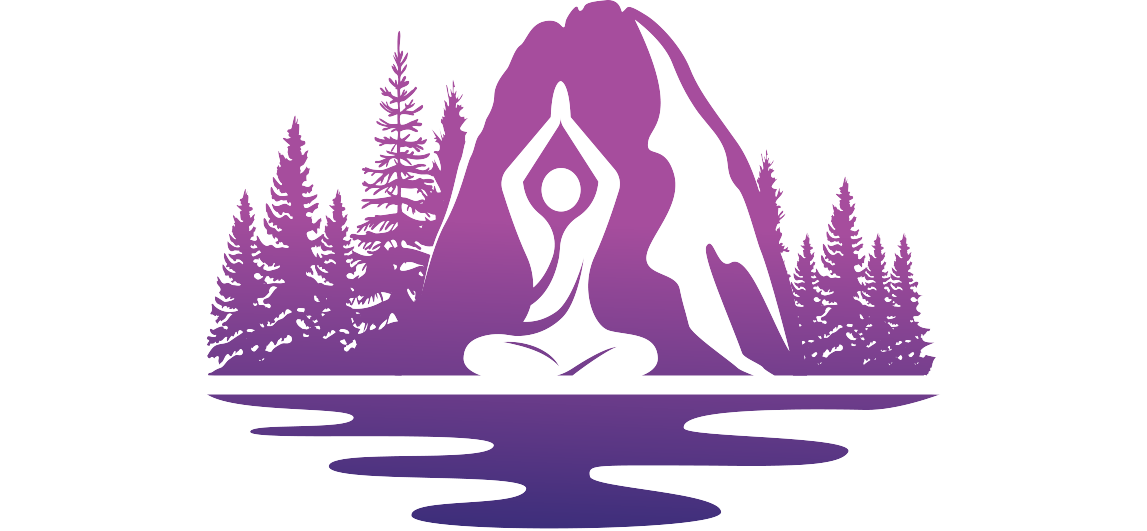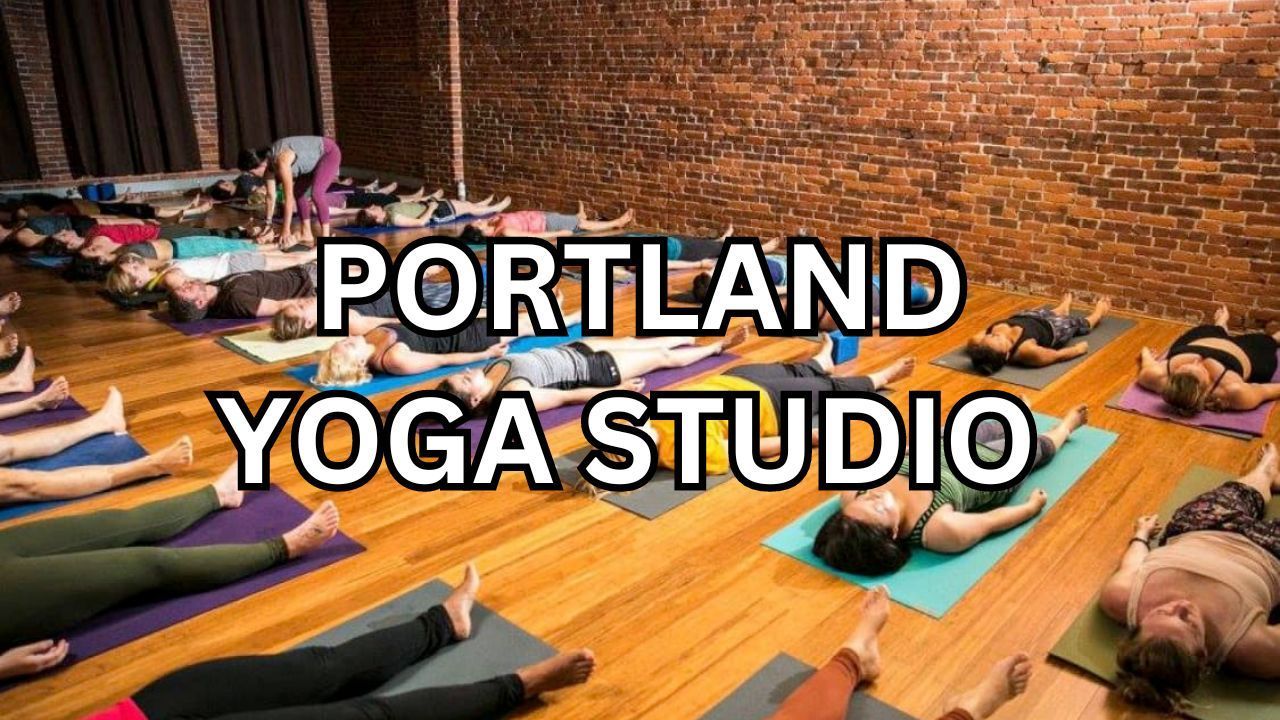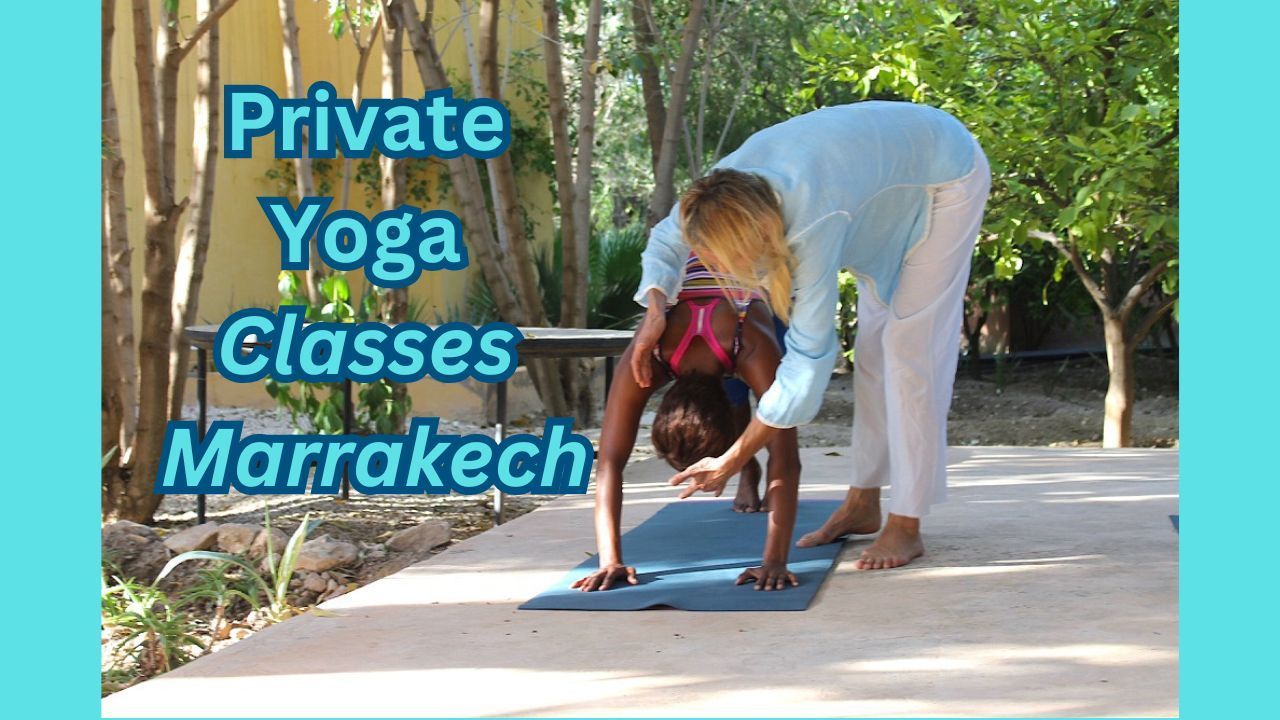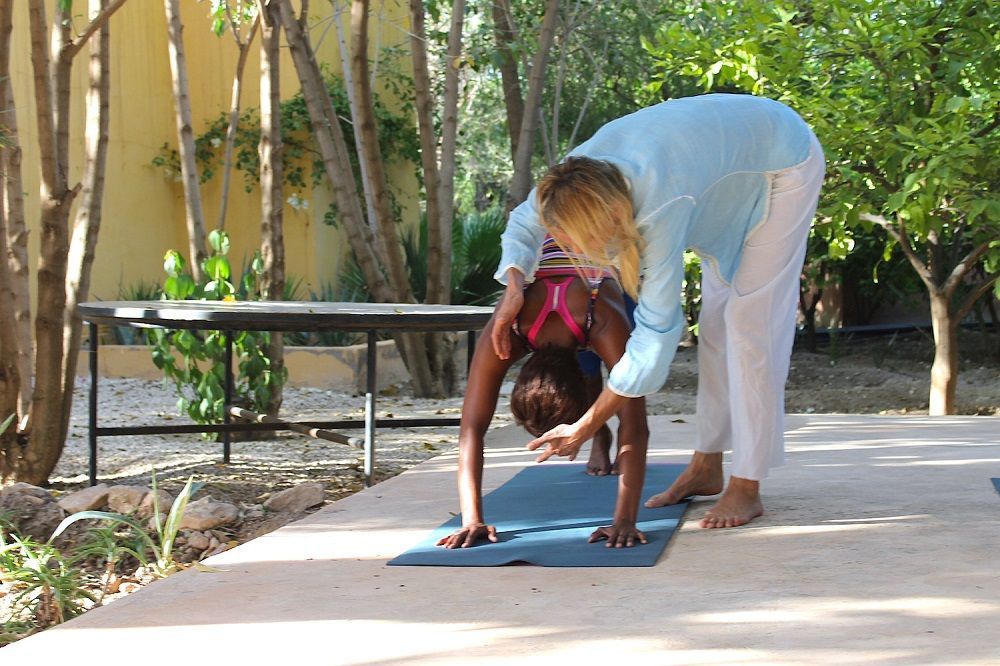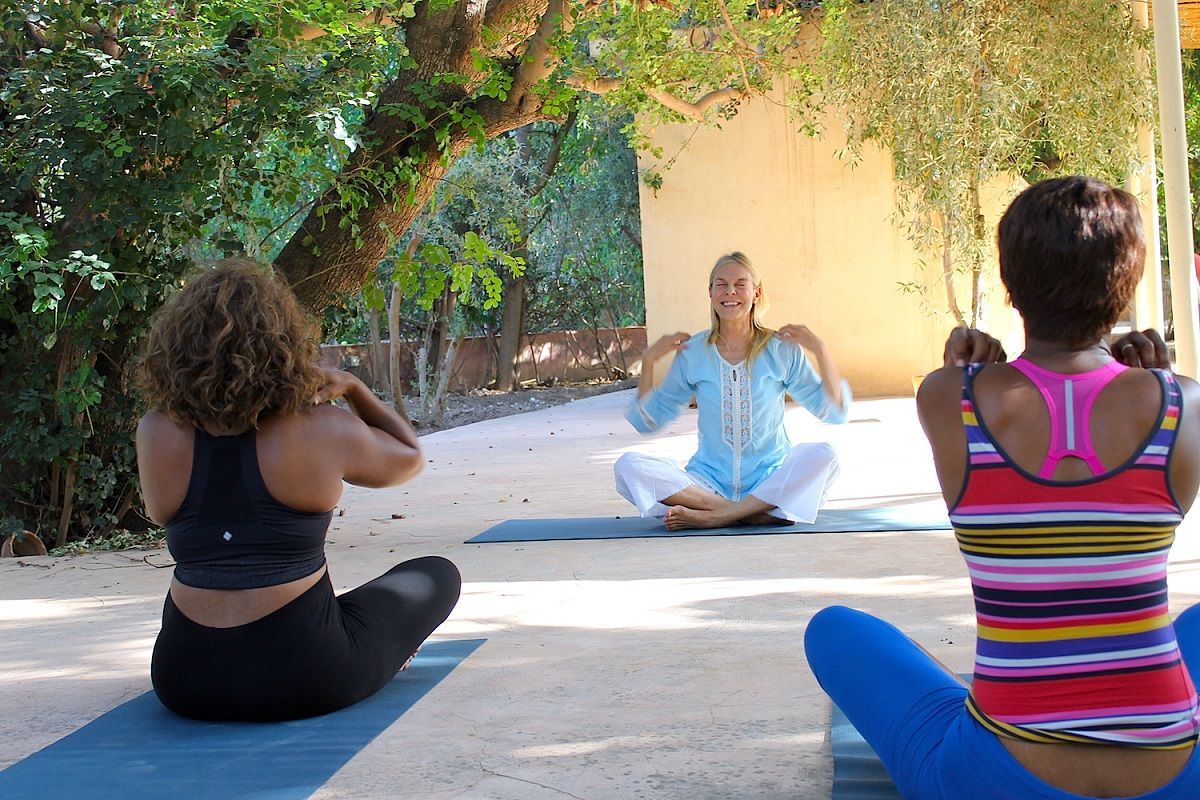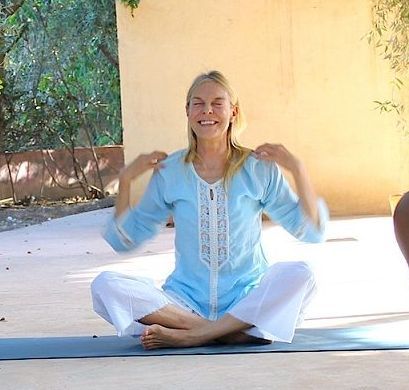YOGA IS YOGA
There are no yoga Styles. There are various expressions of yoga. Popular methods such as Ashtanga Vinyasa by Sri K. Pattabhi Jois and the Iyengar method by BKS Iyengar are not different entities. They convey yoga in a manner that is expressive of the mental and physical attributes of the founders. Both masters were taught by the same guru named Tirumalai Krishnamacharya who instructed according to the ability and needs of the individual. These are just a few examples of many regarding how yoga methods are derived and instructed.
Internalizing multiple expressions of yoga sheds light on the connection points between them. Identifying such connection points collapses the boundaries housing the myriad of yoga expressions along with systems outside of yoga. Through internalization, the various methods become one.
Yoga with Perumal is made up of 6 parts acting as an underlying foundation. These parts are pranayama, preparatory, salutation, strength, stretching, and meditation. Each part fits together in a synergist manner. The combination of them in sequences are created according to the individual and groups being instructed.
Yoga with Perumal endeavors to lead the way to connection points within yoga methods and systems in order to collapse boundaries. Yoga with Perumal is an ever-evolving yoga. It does not believe in a fixed form. If there is a form then it will inevitably evolve to take a new shape. Ultimately the goal is to connect into the hidden aspects of yoga and discover one's own yoga practice which is always in evolution over a lifetime.
6 PARTS
I. Pranayama (Opening the Breath)
The class start is a pause to let go of the outside world. During this stage, we emphasize the opening of our breath by clearing our nasal passages through pranayama. We practice a 1-4-2- ratio for inhalation, retention and exhalation. Example: Inhale for 4, hold for 16 and exhale for 8 seconds. As we slowly inhale, hold and exhale the breath is heated by the internal temperature of the body. This opens our sinuses. A byproduct of Pranayama is a runny nose so have tissues available. Sample
Video
II. Preparatory (Joints)
If you have not been active over the last one to two months then the preparatory series is very beneficial. The elderly and pure beginners will find this as a good step before foundational, isometric, holding strength postures. Here we enable the synovial fluid to lubricate the joints while warming the muscles surrounding the joints. It will move the blood and increase the heart rate for a good warm-up. The preparatory series will also help hone your balance for more advanced postures. It is excellent for those traveling with limited amounts of floor space. It provides an overall body routine in as little as 10 minutes. Sample Video
III. Strengthening (Muscle Building)
Strengthening stage makes use of postures that progress from holding, isometric postures to transitional, isotonic postures. Here we promote greater blood flow through the muscles. With muscle fibers pumped with blood, we are then prepped for in-depth stretching. Sample Video
IV. Sun Salutation (Breath with Movement)
This is movement synchronized with breath performed slowly without explosiveness. Keep the mouth closed and breathe through your nose only. At first, the breath is primary and the movement is secondary. Sun Salutations will break the body into a sweat when performed slowly and with control. This type of sweat generated from within is detoxifying. The salutation stage starts off as basic and then as we develop it then progresses into dynamic forms.
V. Stretching (Seated Postures)
With the blood pumping through the muscle fibers our body is made ready for stretching. We may require a moment to relax from strength and salutation practices. Then we may progress diligently into stretching. From here we will be better prepared to remove any tensions in our bodies. This acts as the final preparation for meditation. Sample Video
VI. Meditation (Emptying the Mind)
The previous stages, especially the physical practice, is to prepare us for meditation by releasing tension and pains within our bodies. After achieving this we are prepped for meditation. Meditation requires practice. You may not meditate easily. So first we start with relaxation techniques. It is ideal to practice the entire lesson with the least amount of thought. Once familiar with practice you may achieve a type of "Meditation in Movement" with my voice merely guiding you.
Sample
Video
